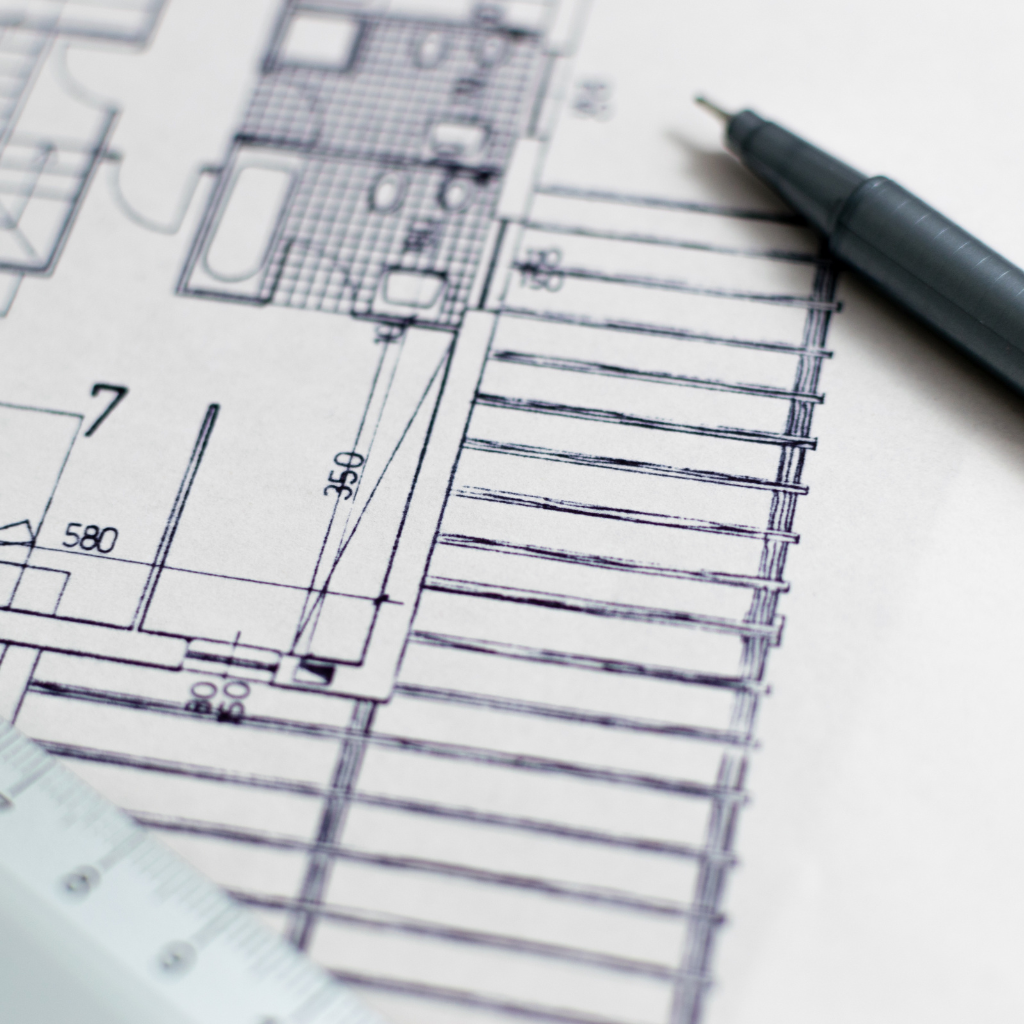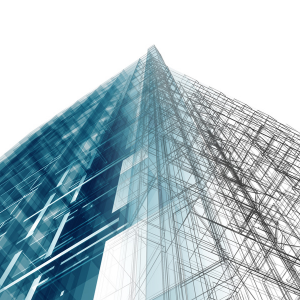Sustainable Practices in Modern Architecture: A Step Towards a Greener Futurestainab
Sustainable approaches in modern design are more crucial than ever in a society where environmental concerns are paramount. Businesses like Zenith Construction and Developer are setting the standard by incorporating sustainable design ideas into their projects as the demand for environmentally friendly structures rises. In addition to lessening the impact on the environment, sustainable design improves the health and happiness of its occupants.

The Importance of Sustainability in Architecture
The issues presented by resource depletion, climate change, and environmental deterioration are addressed by sustainable building. Buildings are among the biggest users of materials and energy, thus implementing sustainable practices can greatly lessen their detrimental effects on the environment. Architects and builders can develop structures that blend in with the environment by using renewable resources, energy-efficient designs, and environmentally friendly construction techniques.
Key Sustainable Practices in Modern Architecture
- Energy-Efficient Design
Energy efficiency is one of the most important components of sustainable building. Architects prioritize using energy-efficient windows and heating systems, optimizing natural light, and improving insulation. Buildings use less energy when they rely less on artificial heating and lighting, which lowers carbon emissions. - Use of Renewable MaterialsThe building’s sustainability is directly impacted by the materials used during construction. Using renewable and locally produced materials, such bamboo, salvaged wood, and sustainable concrete, is a top priority for Zenith Construction and Developer. These materials help to lessen the carbon imprint in addition to lowering shipping expenses.
- Green Roofs and Solar Panels
The use of solar panels and green roofs is another essential component of contemporary sustainable building. Green roofs increase biodiversity, lower stormwater runoff, and provide insulation. However, by using solar panels to capture renewable energy from the sun, households may drastically cut their dependency on non-renewable energy sources and lower their electricity bills. - Water Conservation
A key component of sustainable architecture is water saving. Water resources are used efficiently when rainwater collection equipment, low-flow plumbing fixtures, and water-efficient irrigation techniques are used. This lessens the burden on nearby water supply systems in addition to aiding in water conservation. - Building Materials with Low Environmental Impact
Sustainable building materials need little energy to produce, are recyclable, and are non-toxic. Low-impact products that make a home healthier include recycled steel, eco-friendly insulation, and non-toxic paints. By adopting these materials, builders can reduce the overall environmental effect of the project. - Smart Technology Integration
An increasingly important component of sustainable building principles is smart technology. Real-time energy and water use optimization is facilitated by sophisticated water management, automated lighting, heating, and cooling systems, and more. In order to maximize comfort and reduce resource consumption, smart buildings adapt to weather and occupancy levels. - Waste Reduction During Construction
At Zenith Construction and Developer, we recognize the value of cutting waste while building. Reusing parts, recycling resources, and reducing construction waste are our main priorities. This encourages a more circular approach to building by lowering the cost of new materials and reducing landfill trash.

Benefits of Sustainable Architecture
- Reduced Environmental Impact: Sustainable buildings utilize less energy, produce less trash, and use renewable resources, which results in a much less environmental impact.
- Cost Savings: Even while sustainable building may cost more up front, there will be significant long-term savings on maintenance, water use, and energy costs.
- Improved Health and Comfort: Better air quality, natural lighting, and energy-efficient climate control systems are all features of sustainable buildings, which are created with the health of their occupants in mind.
- Increased Property Value: There is a strong demand for sustainable buildings, and many prospective purchasers are prepared to pay more for environmentally friendly, energy-efficient homes.
Conclusion
It is obvious that contemporary architecture must change to satisfy these demands as sustainability gains greater attention worldwide. “Zenith Construction and Developer” is dedicated to creating structures that are not just fashionable and inventive but also ecologically conscious. We are contributing to the creation of a more sustainable and greener future for future generations by implementing sustainable practices. Incorporating sustainable architecture into your plans, whether you are building a new house or remodeling an old one, can have long-term advantages for the environment and you.
